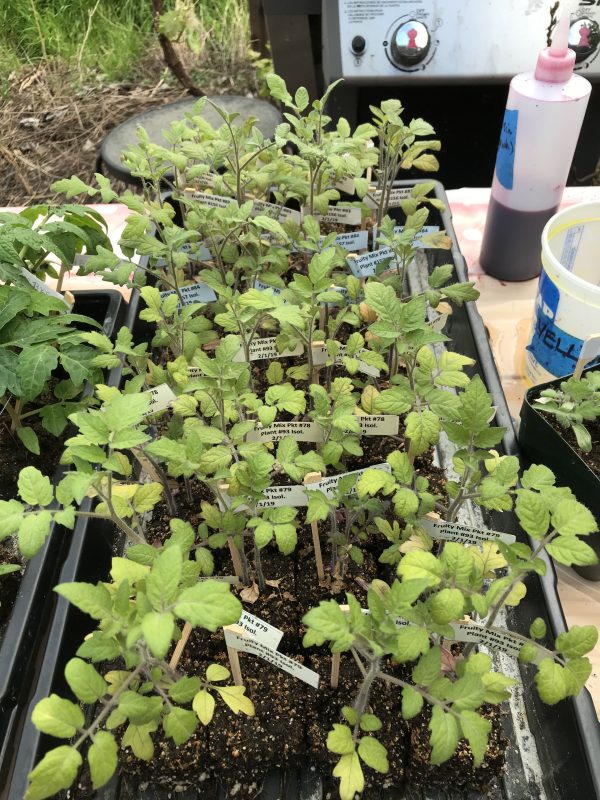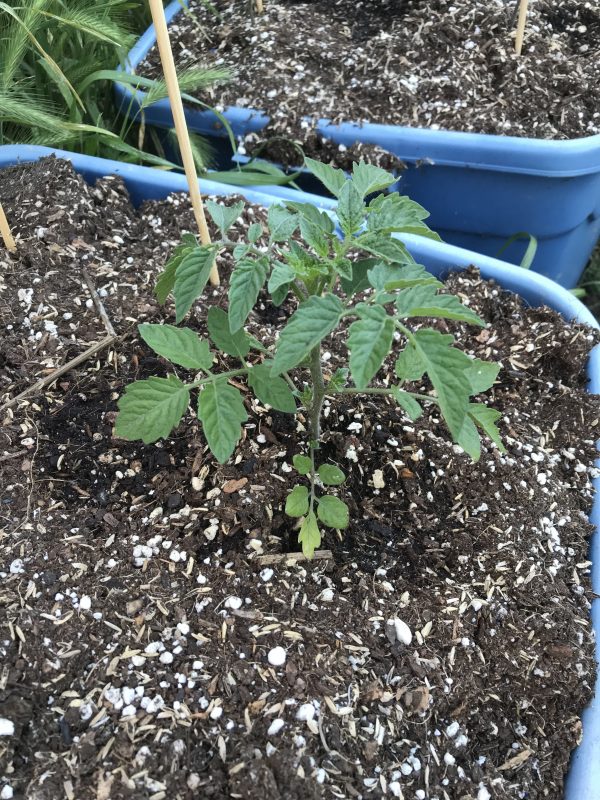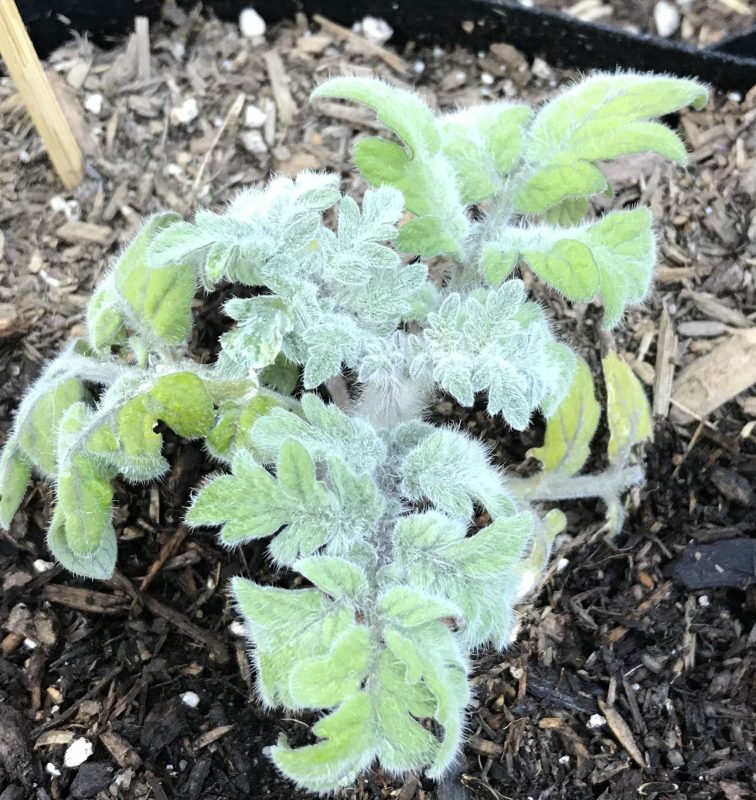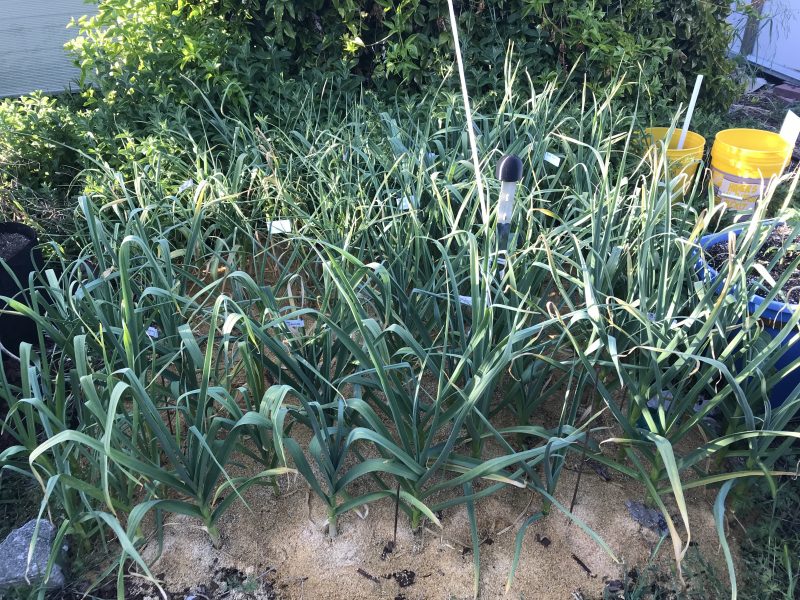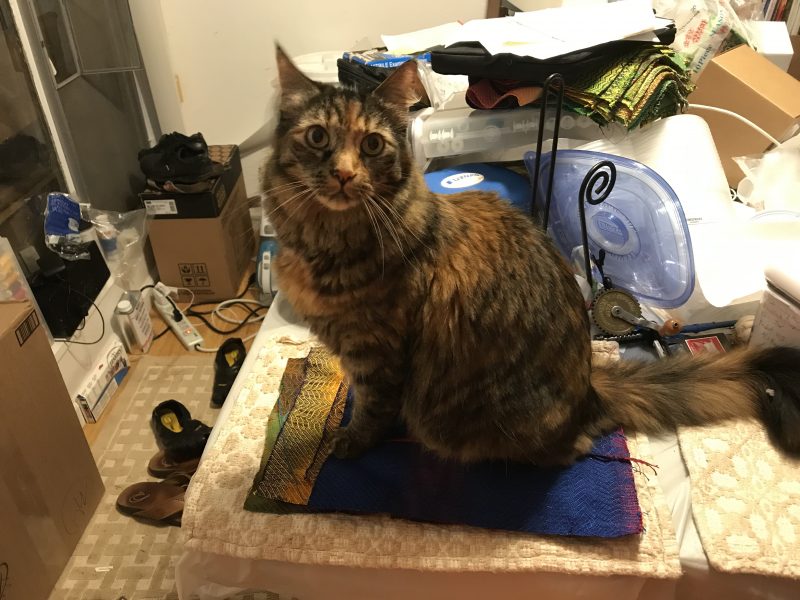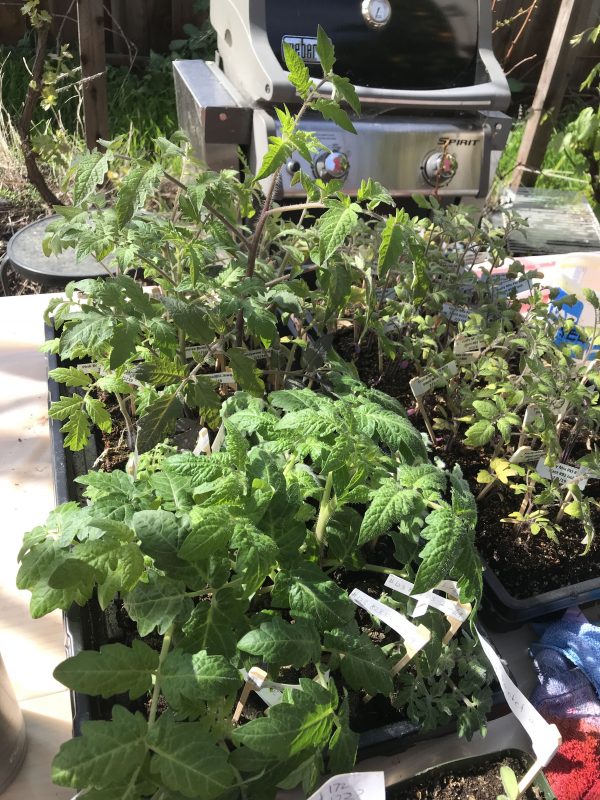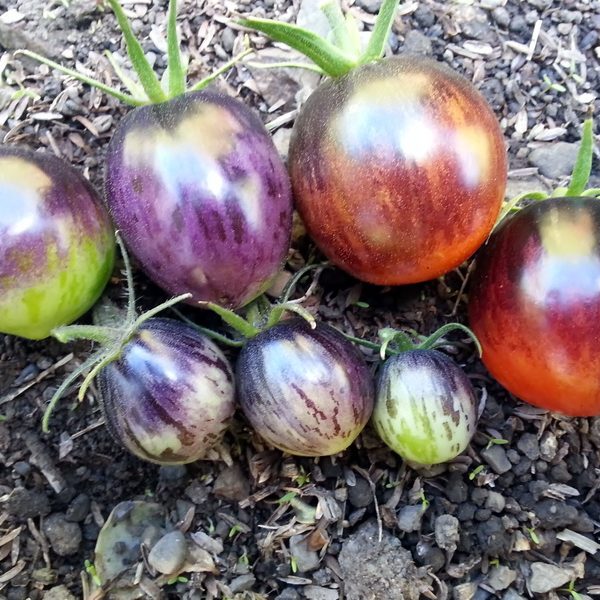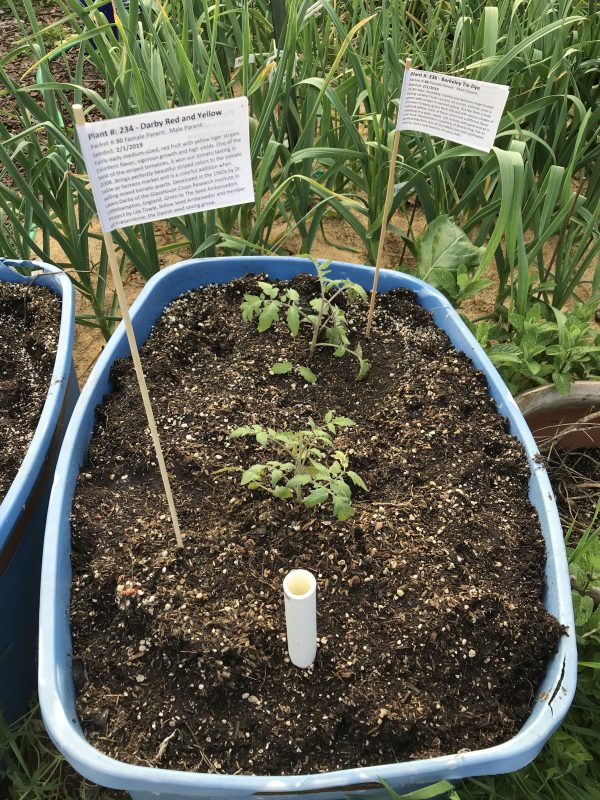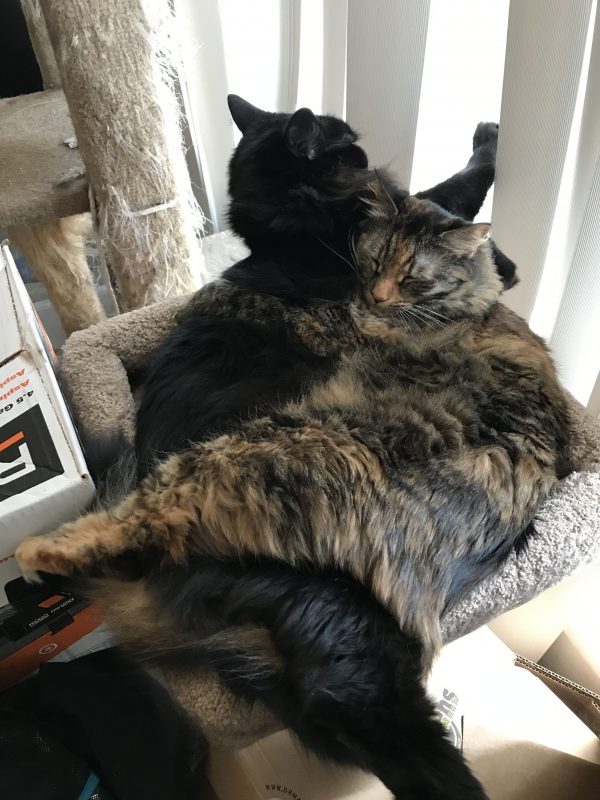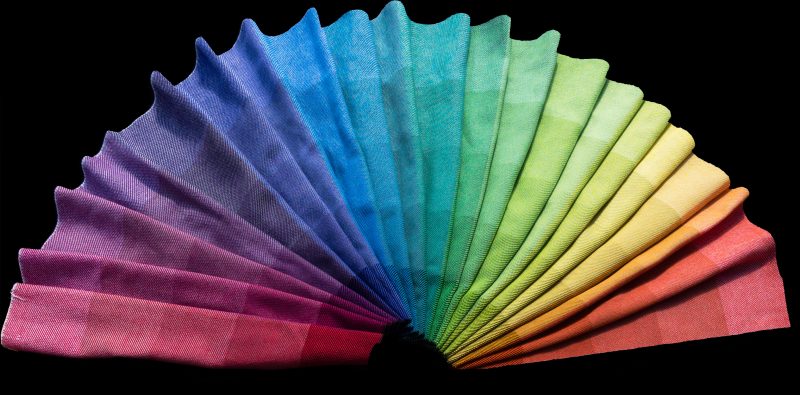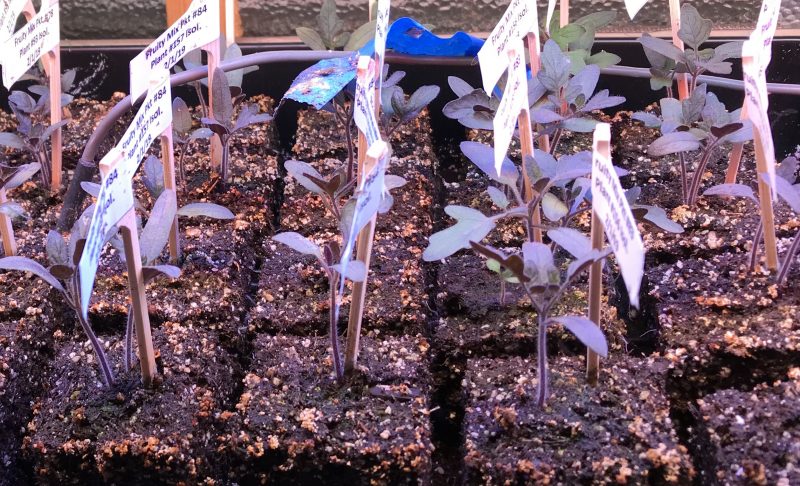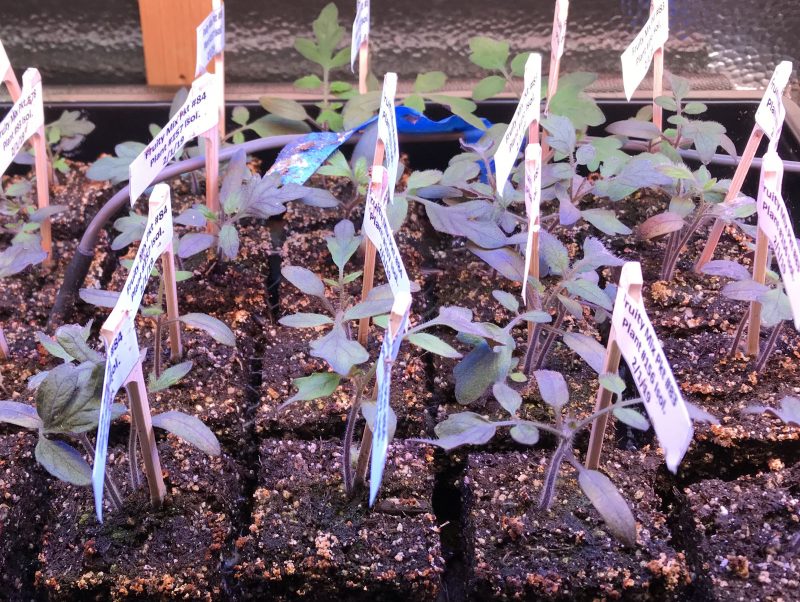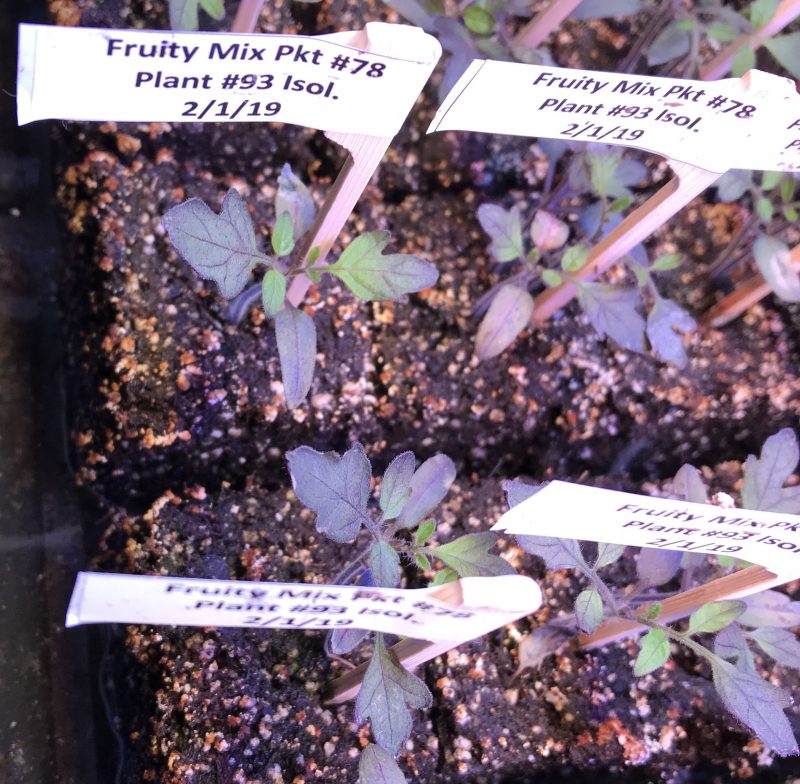I had terrible trouble with garlic rust this year, so I harvested about half my garlic early, and the rest when I got home from ANWG. Because of the rust, and because I planted my garlic a bit too close together, I wound up with only a little bit of it. By Tien standards.


I wound up with 196 bulbs, not counting the 20-30 itty bitty ones, which were about the size of the small, cardboard-tasting heads of garlic you buy in the grocery stores. (Not that I am biased or anything 🙂 .) I grew twenty varieties of garlic. If you look at the first picture, you can totally abandon any idea that all kinds of garlic are alike!
I’m particularly enchanted by Godfather’s Italian, which has huge purple cloves and large bulbs. Here’s a crop of the first photo showing just the Godfather:

I got it from Filaree Farm, which is an organic seed farm specializing in garlic. They sell over 100 varieties! And here I am growing only twenty. The soul of restraint.
I haven’t yet tasted any of the garlic. Garlic-tasting is a bit of a conundrum. I attempted a side-by-side garlic tasting with a friend earlier this year, and discovered that when you try tasting lots of garlics at once, your taste buds overload within a few cloves. (No real surprise there – garlic is notorious for its pungency and persistence!) So I will just have to try them one by one. Starting with the Godfather’s Italian, of course! I will have to see if it tastes as delightful as it looks. And I can’t wait to try Georgian Fire – reputedly the most fiery garlic there is, when eaten raw. Pesto here I come!
Other garden produce is barreling in. The mulberries and a few cherries are done, and the last of the apriums (apricot-plum cross) are on the kitchen counter, but the peaches are getting started, and the Santa Rosa plums are in full swing. Tomatoes are just starting to ripen – I plucked the first Sungolds off the vine two days ago, which means the deluge should come down in a few weeks. And the horseradish is up, the raspberries are raspberrying, and I’m way behind on picking the blueberries! Summer is here in all its hyper-productive bounty.
And now I’m off again! I need to tie up the raspberries, weed the irises, and cross-pollinate more killer mutant ninja tomatoes. A mad-scientist world-dominating tomato breeder’s work is never done…












